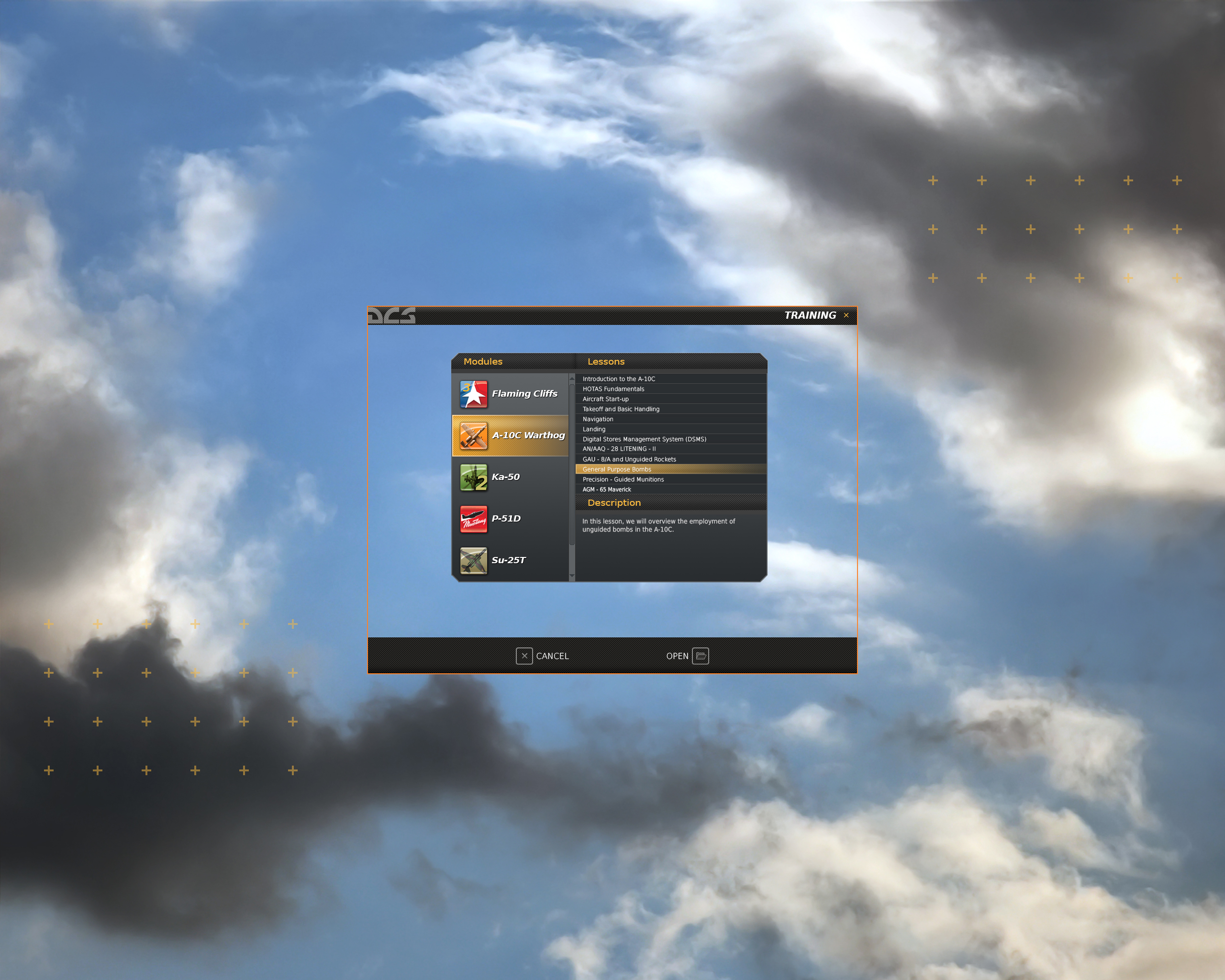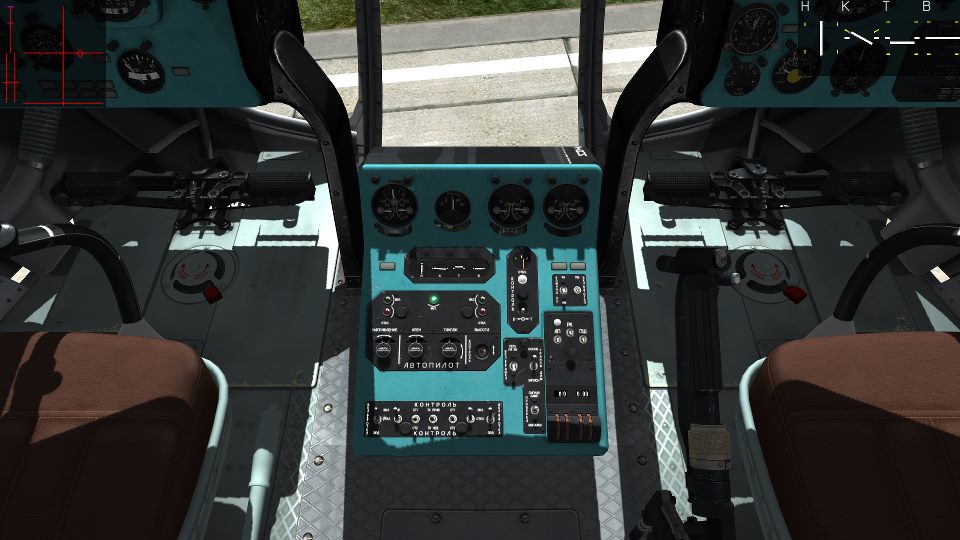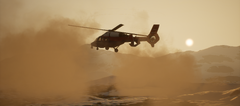- 1 reply
- 1,624 views
- Add Reply
- 1 reply
- 2,725 views
- Add Reply
- 2 replies
- 1,703 views
- Add Reply
- 0 replies
- 1,548 views
- Add Reply
- 0 replies
- 1,502 views
- Add Reply
DCS 1.2.4.12547 update is now available

By Dave,
DCS WORLD
Multiplayer. Icon and life bar of killed unit do not disappear for client (hide icon). Fixed.
Sometimes client doesn't get info about group placement. Fixed.
Fixed client crash on mission restart while still loading.
Added FW-190 as a static object.
MP. Clients crash after server unpause (mission related). Fixed.
Missing sounds in mission file is fixed.
Module manager. Removed installed add-on's from the available tab.
Command menu problem has been fixed: the same menus were no
DCS: Mil Mi-8MTv2 Screenshots
DCS World 17 May 2013 Update

By Dave,


This week we released a new update to DCS, version 1.2.4.12179.160. This added a number of changes and fixes that can be found here: http://forums.eagle.....51&postcount=4
The team is already at work on a third and final update to version 1.2.4 that will address some additional pressing issues (increase stability, anti-radiation missile accuracy, A-10C RWR, and others) before moving on to version 1.2.5.
On the new product front, a lot of effort is now being devoted to the advanced fl
DCS World 1.2.4.12179 is Out

By Dave,
DCS World 1.2.4.12179. It is available through auto updater and includes the following fixes:
Multiplayer
+ Fixed a problem of self-destruction PRR missiles.
+ Fixed the activation of the trigger AI pilots on client LA.
+ Fixed a stuck button "Show All Routes".
+ Fixed synchronization between the server and the client for ground units.
+ Fixed the first Russian mission to the UN campaign.
UH-1H
+ Improved stability and hovering in flight
+ Smoothed input helicopter
DCS 1.2.4.11855.154 update is now available

By Dave,
DCS 1.2.4.11855.154 update is now available.
Please use the auto updater and Module Manager as primary tool for updates and module installation. Due to publishing complexities, we'll push updates to the auto-updater first. The installers will be day or two later.
• Fixed hit point of shells in multiplayer that were independent of turret rotation on the server-side.
• Disabled the incomplete "Ultra High" visibility setting.
• Implemented the waiting screen for the Module Manager.
• Cor
DCS World 03 May 2013 News Update

By Dave,
03 May 2013 Update
Well, the big news this week has of course been the release of DCS ver. 1.2.4, along with the first DCS module... DCS: UH-1H Huey! We've been really delighted with the reception of the Huey and that it has demonstrated that a talented partner can develop a module to the same standards of the other DCS modules. We hope this will put some of those concerns to bed.
In order to release the Huey and 1.2.4 this week, we ran out of time to include some additional changes/fi







